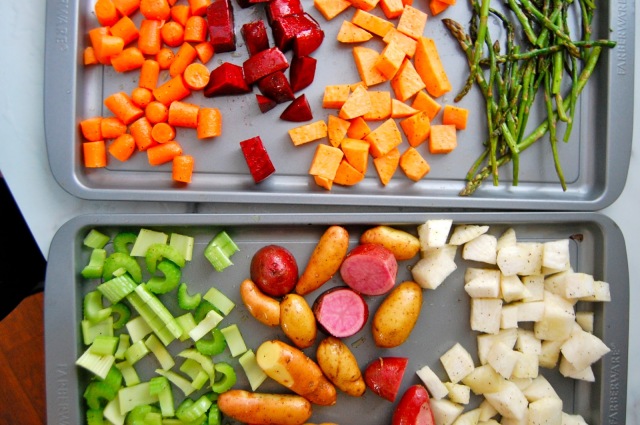Definition
Fiber is the part of fruits, vegetables and cereals, which do not melt in the body. Low-fiber diet to limit these foods, and thus, limit the amount of undigested materials that pass through the large intestine and reduced stool volume. A low-fiber diet may be recommended to a number of conditions or situations.
Low-fiber diet is sometimes called the limited fiber or low residue diet. The residue was simply refers to any food, such as a fiber that does not melt and remains in the intestines.
Purpose
Your doctor may prescribe low-fiber diets, if there is a narrowing of the intestine due to tumor or inflammatory disease of the bowel surgery or therapy, such as radiation, damage or irritate the digestive tract.
As the digestive system returns to normal, you can usually slowly add fiber back into your diet.
Diet information
Low-fiber diet to limit the types of vegetables, fruits, grains, that you can eat. Sometimes the doctor may also want you to limit the amount of milk and dairy products that you eat. Milk does not contain fiber, but it can leave residues due to the current and gastrointestinal disease temporarily promote discomfort or diarrhea.
Because the ability to digest food varies from person to person, the following are the instructions on the types and amounts of foods low in fiber diet. Your status and tolerance, the doctor may recommend a diet that is more or less restricted. Also be sure to read food labels. Foods you might not expect to be rich in fiber. For example, some yogurts, ice cream, cereal and even some drinks have increased the fiber. Find foods that are not more than 1 gram of fiber serving.
The following foods are usually allowed low-fiber diets:
· Enriched white bread or rolls without seeds
· White rice, plain white pasta, noodles and pasta
· Crackers
· Refined cereals like Cream of Wheat
· Pancakes or waffles made from white refined flour
· Most canned or cooked fruit without skins, seeds and membranes
· Fruit and vegetable juices little or no pulp, fruit-flavored drinks and flavored waters
· Canned or well-cooked vegetables without seeds, stems and skins, such as carrots, potatoes and tomatoes
· Tender meat, poultry and fish
· Eggs
· Tofu
· Creamy peanut butter – up to 2 tablespoons per day
· Milk and foods made from milk, such as yogurt, pudding, ice cream, cheese and sour cream – up to 2 cups a day, including the preparation of food
· Butter, margarine, oils, and salad dressings without seeds
· Desserts without whole grains, seeds, nuts, raisins or coconut
You should avoid the following foods:
· Whole grain or whole grain bread, cereal and pasta
· Brown or wild rice and other whole grains, such as oats, kasha, barley, quinoa
· Dried fruit and prune juice
· Raw fruit, including the seeds, skin or mucous membranes, such as berries
· Raw or undercooked vegetables, such as corn
· Dried beans, peas and lentils
· Seeds and nuts, and foods containing them
· Coconut
· Popcorn
Also consider the health risks. Do you have high cholesterol or high blood pressure? If this is the case, be sure to follow a diet that is low in salt, saturated fat and cholesterol and rich in fruits, vegetables, whole grains and healthy fats. Personal advice, talk to your doctor or dietitian.
